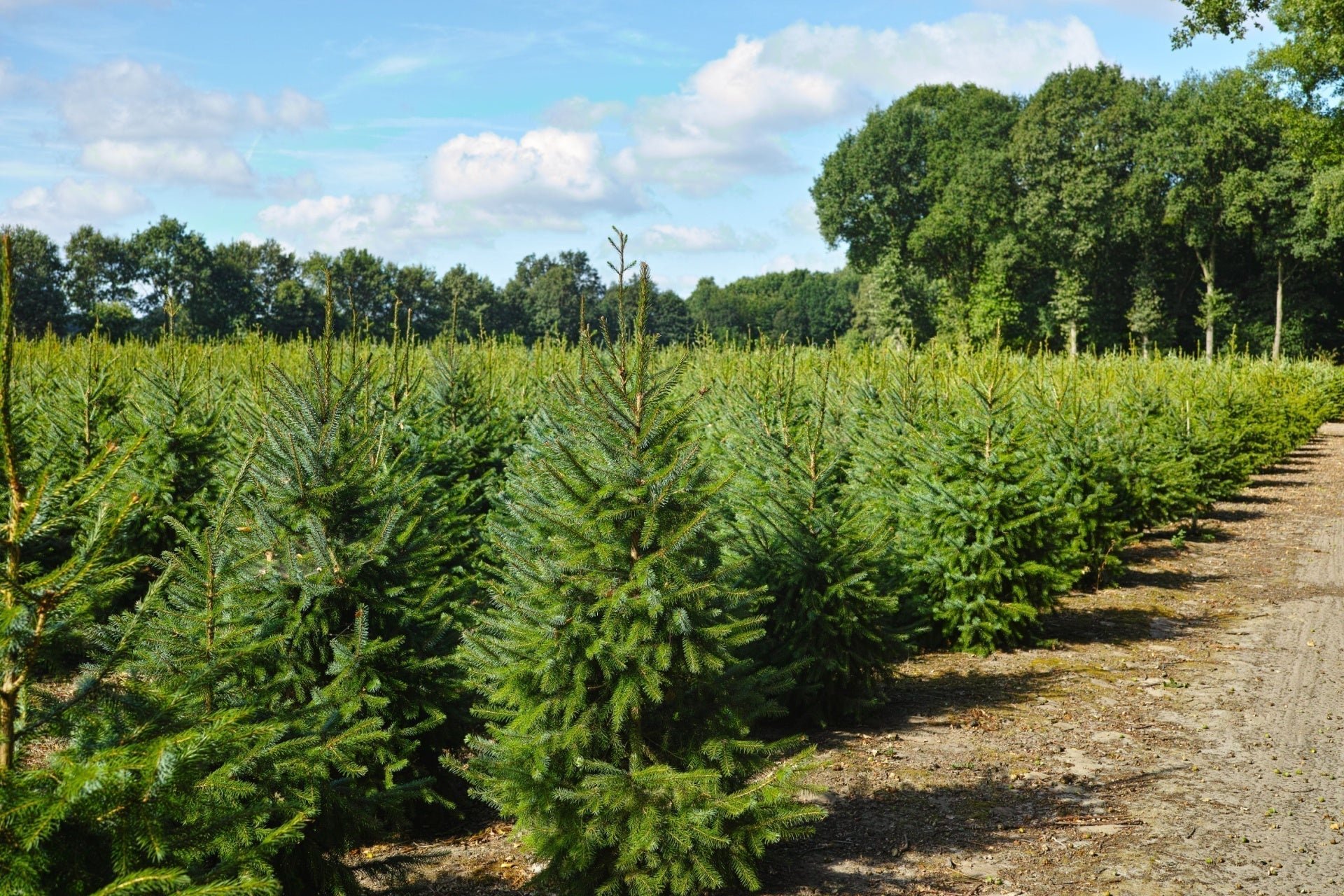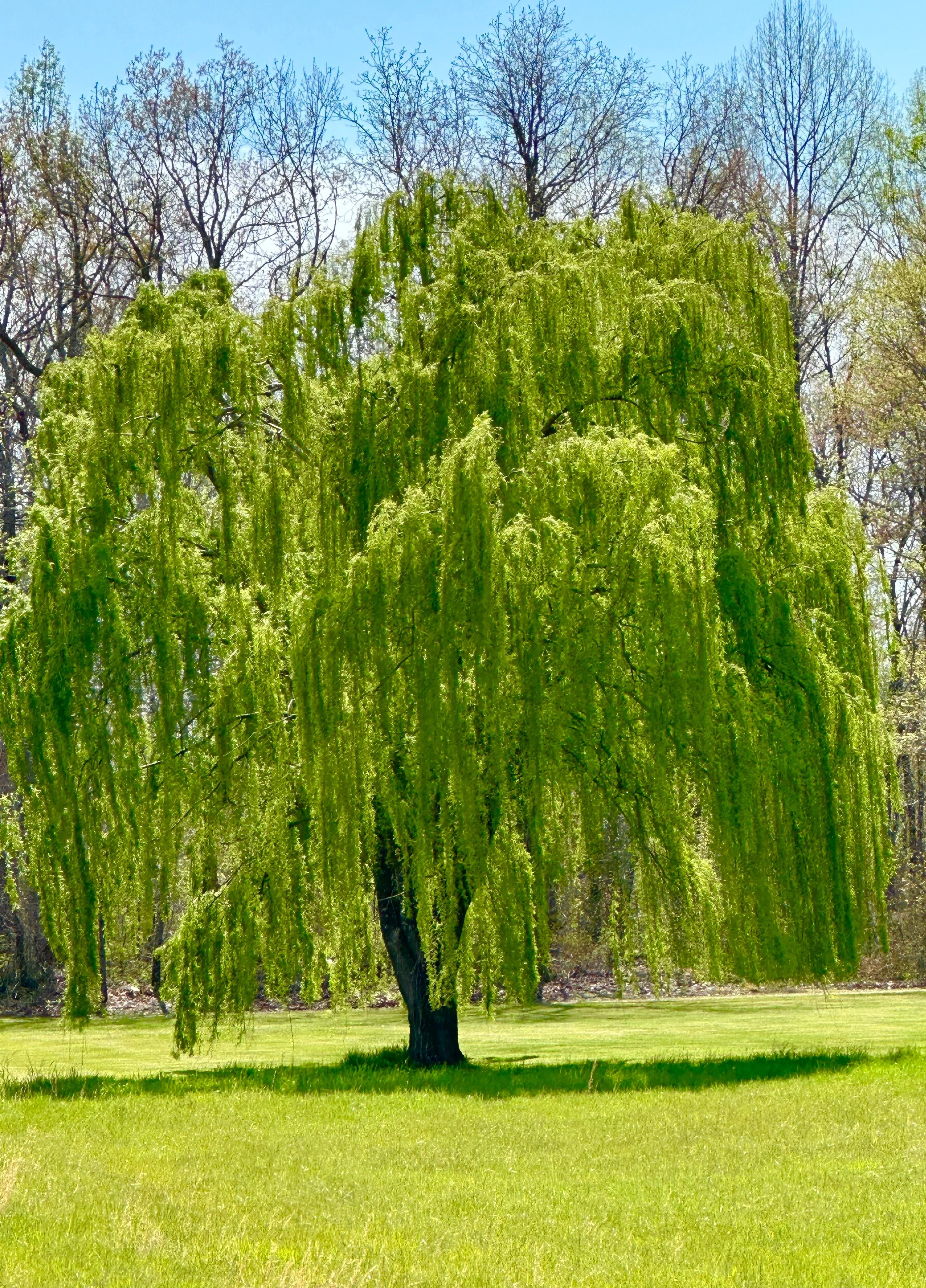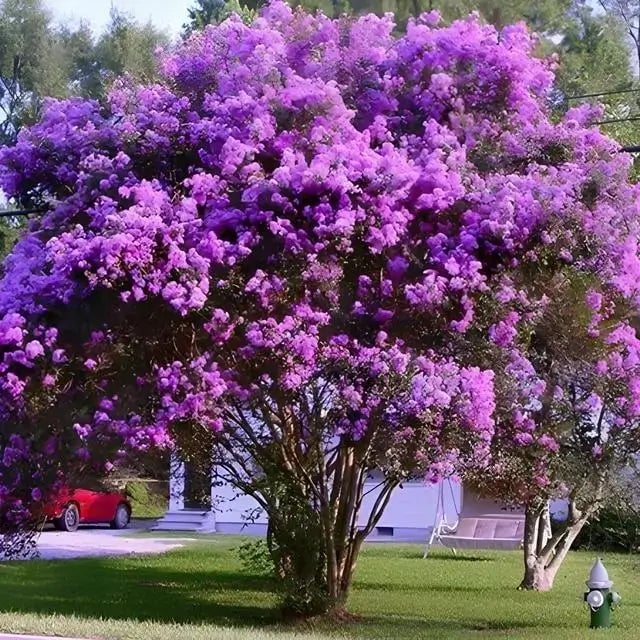Which Trees Will Best Benefit Your Landscape Goals?
Residential and commercial property owners often prioritize flowering plants and shrubs in their landscape design. While these assets deliver aesthetic and environmental value, trees may make a better starting point. If you think about it logically, oaks, maples, and fast-growing trees typically occupy the most space. If you were building a house in Tennessee, wouldn’t you begin with the foundation and erect the exterior walls before installing curtains?
A well-crafted landscape concept starts with its most significant asset — trees — and builds on that foundation. As a plant nursery with a complete inventory of flowering perennials, ornamental shrubs, and trees, we’d like to share ways your landscape can benefit from building around or strategically inserting trees.

How to Select Trees for Your TN Landscape
Property owners should consider their desired benefits before choosing a tree. The trees at our nursery all deliver landscaping benefits, but you should narrow down which best serves your needs.
Are you interested in adding shade to a specific area?
Do you want a flowering tree to add seasonal color?
Would the colorful foliage of maple and oak trees serve your landscape well?
Would a large shade tree enhance your leisure use of the grounds?
Are fruit and nut trees appealing as a homegrown food resource?
Does it make sense to plant fast-growing trees to provide privacy from neighbors?
Remember that the answers to these questions help clarify your landscaping goals. However, other factors must be considered before selecting the right trees for your landscape. For instance, the landscaping design must account for factors such as soil type, access to water, and proximity to septic fields and wells. With all the elements highlighted, you can select trees that seamlessly meet goals and flourish.
Strategies to Maximize Landscaping Benefits of Trees
It proves helpful in separate tree landscaping into two strategies: standalone and groupings. Including hardwoods, ornamentals, or fast-growing trees in a landscape allows property owners to define, separate, or enhance the grounds in wide-reaching ways. The following design ideas highlight the flexible benefits of landscaping with trees.
Standalone Trees: Home and commercial property owners routinely plant flowering trees in front yards. This strategy creates the curbside appeal that typically improves property value. The same standalone assets in backyards make your leisure experience more aesthetically pleasing.
Rows: Property owners generally enjoy a better return on investment by planting fast-growing trees along property lines. This strategy defines the perimeter and separates your land from abutters. Fast-growing trees do not fall into decay and won’t require costly replacement.
Enclosing Designs: Planting flowering or mid-sized trees around the sides of a patio makes the hardscape feel like a fresh-air room. This design increases the feeling of privacy and coziness in your backyard.
Avenue of Trees: Many communities manicure eye-catching trees along roads and walkways to create ambiance. Although these open spaces typically employ large trees, homeowners can utilize this strategy on a smaller scale by planting dwarf trees or low-growing ornamentals.
One of the more popular landscaping designs layers the plant life. This plan often includes ground covers that transition from perennial flowers to shrubs. In the backdrop, trees provide the height that brings it all together. Landscaping professionals may advise property owners to employ red maple trees to paint the background or weeping willows that deliver low-hanging greenery. The wide range of trees that succeed in TN can make these design ideas a reality.
What are the Best Landscaping Trees in TN?
The best landscaping tree for your needs will succeed under the soil and climate conditions while delivering the desired benefits. Many landowners quickly discover that a wide selection of trees at our TN nursery will thrive on your property. The colorful leaves, seasonal blooms, and ability to provide shade make choosing landscaping trees much like picking out candy in a sweet shop. Consider what the following trees bring to the table.
Maple Trees: This class of trees includes varieties with eye-catching red leaves. Maple trees offer substantial shade and rank among the most colorful in terms of fall foliage. They can mature to 120 feet high and 50 feet wide while ranking among the fast-growing trees.
Willow Trees: They are perhaps the most sought-after shade trees. They usually thrive near ponds, rivers, and streams. Although they mature to only about 40-70 feet, their width nearly equals their height.
Dogwood Trees: This lovely flowering tree remains one of the most desirable standalone options. They typically mature to only 25 feet or less. Other low-height landscaping possibilities include Crepe Myrtle Plants that bloom for 60-120 days and mature to 20-30 feet.
Pine trees: Pines usually prevail along a property line. These fast-growing trees remain a cost-effective way to integrate a privacy element and serve as windbreaks.
Oak Trees: This species enjoys more flexibility than many people realize. Southern Red Oak trees rival the color of Red Maples during fall. Maturing upwards of 80 feet with a 60—to 70-foot spread, they deliver tremendous shade benefits. The acorns also serve as a wildlife food resource.
The landscaping possibilities appear endless when considering the varieties that thrive in this region. Other items to consider when deciding may include how quickly a tree grows, seasonal blooms, and how it fits into an existing landscape.
Planting Trees for a Greener Future
Tree planting is one of the most fulfilling tasks because it delivers environmental benefits and personal joy. Choosing suitable tree species and selecting optimal planting sites dramatically influences the successful establishment and development of your new greenery. Here, we present several advantageous planting methods and locations to help your trees flourish and benefit our environment.
The quality of the soil stands as a fundamental factor to assess. Strong tree growth depends on healthy soil, so if your planting area has low-quality soil, you must implement proper soil amendments. Adding organic matter or using well-aged manure helps loosen soil structure and boost nutrient availability while increasing water retention capacity. To determine if your soil meets the necessary conditions, take a soil test to evaluate pH levels, nutrient content, and organic material concentration. You can select tree species that match your available land through this method.
Next, think about sunlight exposure. Trees typically require multiple hours of sunlight each day for optimal growth, but shade-loving varieties can thrive in dimmer parts of yards and forests. Understand the reach of mature tree canopies and root systems because their growth can interfere with power lines and nearby structures. Plant trees in locations that provide adequate space for their upward growth and root spread to minimize future pruning needs and prevent root damage to driveways and foundations.
Trees' Environmental benefits include soil erosion prevention and support for local biodiversity. The roots of trees serve as strong stabilizers that help prevent erosion on slopes and riverbanks. Select native tree species that adapt well to your local climate and soil environment. Native species demonstrate robust health and excellent resistance to pests and diseases while providing better support for indigenous wildlife populations. Adding smaller ornamental trees to urban and suburban properties can increase their value and generate shade to reduce energy expenses through natural home cooling.
Reforestation and community tree planting initiatives are effective methods to plant trees. These projects concentrate on rehabilitating areas where natural habitats have suffered damage from forestry removal and city expansion. Planting events at schools, parks, and community centers provide valuable opportunities for children and adults to work together and develop environmental stewardship skills. When you plant trees in shared spaces, you help improve air quality and build healthier ecosystems and stronger community bonds.
Water management is also key. Newly planted trees require ongoing watering, but species differences exist in their drought resistance. Choose trees such as oaks and pines and some hardwoods that will thrive in dry conditions after establishment when facing water limitations. Mulching methods around tree bases help maintain moisture levels, preventing weed growth and stabilizing root-zone temperatures. You can reduce irrigation needs by planting trees in naturally moist areas or rain gardens that capture stormwater runoff.
Careful assessment of soil health, together with sunlight exposure and local conditions, leads to thriving tree habitats. Selecting planting sites that protect against erosion while promoting biodiversity and community space enhancement delivers enduring advantages surpassing simple visual improvement. Every tree you plant contributes significantly, whether you are creating a green space in your backyard or working on a significant reforestation initiative. Eventually, your efforts will produce thriving plant life, improved air quality, and a livelier environment for community enjoyment.
Read more
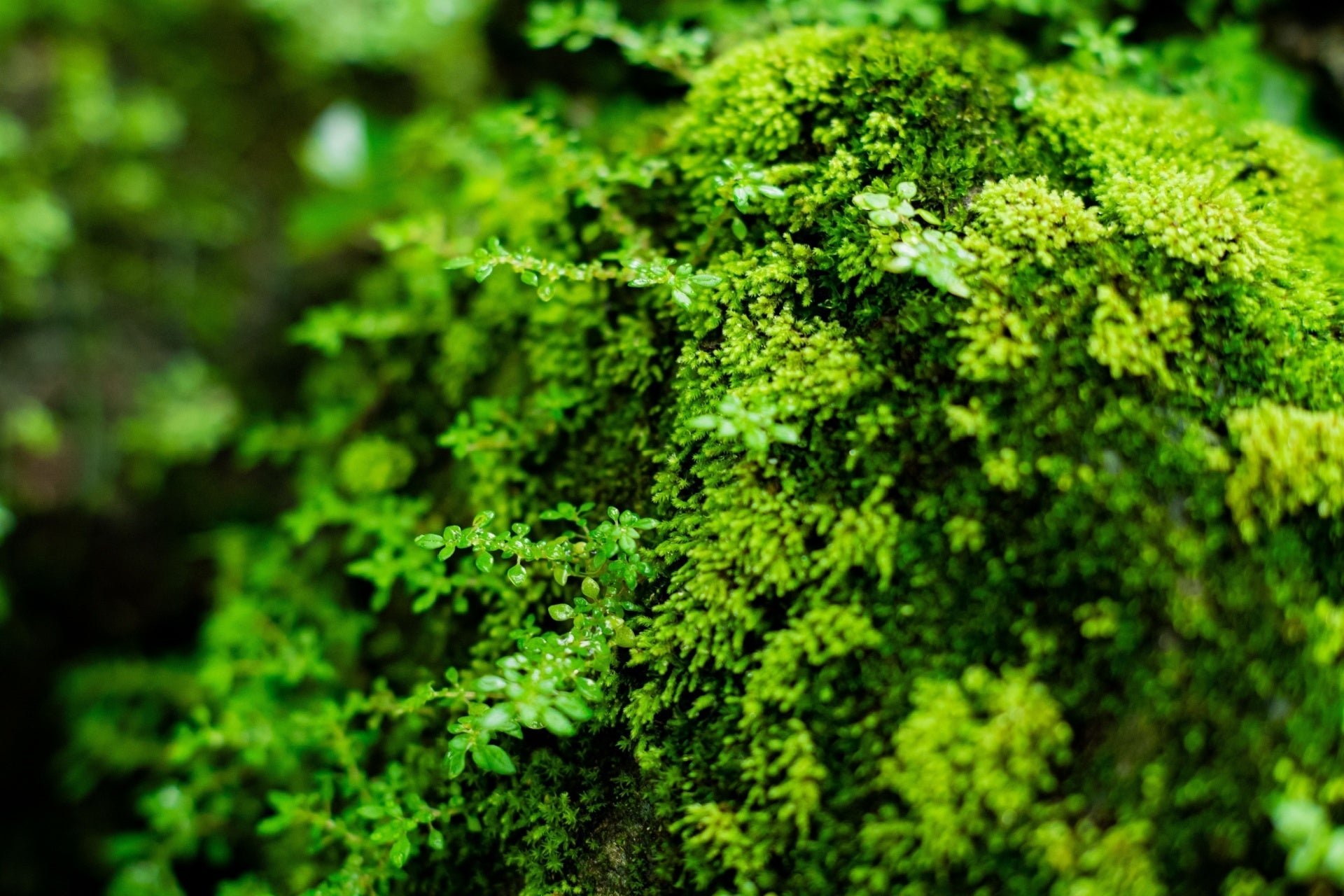
Moss adds eco-friendly beauty, lowers maintenance, saves water, and captures carbon. Discover how to create enchanting, sustainable landscapes using versatile moss varieties.
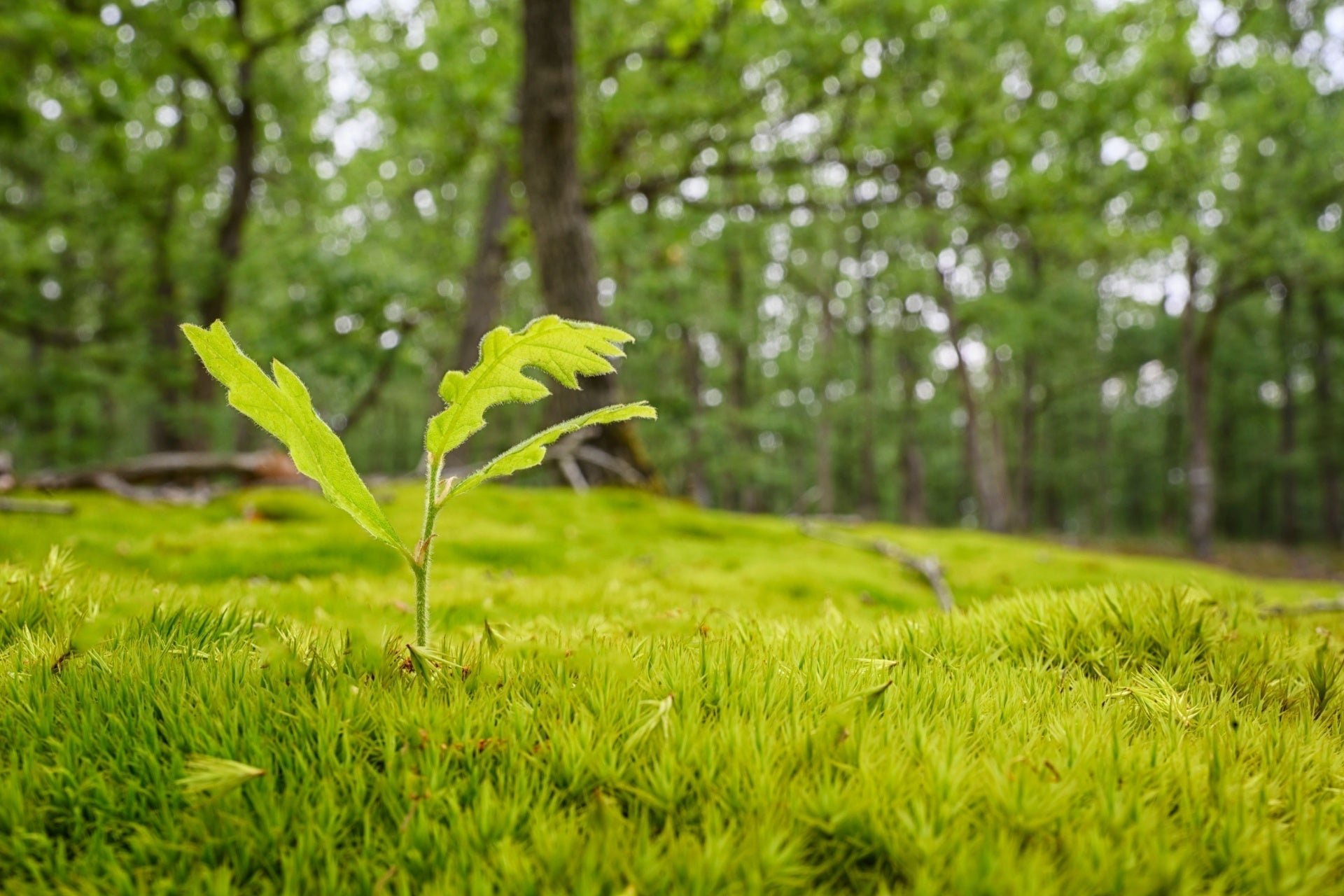
Oak seedlings like Pin, Willow, and Red Oak provide shade, vivid fall color, and robust growth. They’re easy to maintain and add lasting value to any landscape.
Family Owned and run with pride
Nestled in the heart of Middle Tennessee, TN Nursery is a proud family-owned business rooted in tradition, quality, and a deep love for plants. For generations, we’ve been dedicated to providing exceptional service and building lasting personal connections with gardeners, landscapers, and nature enthusiasts across the country. Our mission is to make planting and gardening more accessible, enjoyable, and rewarding—whether you’re a seasoned horticulturist or just starting your first flower bed.
We specialize in expertly grown native plants, perennials, shrubs, trees, and ferns that thrive in a variety of climates. Every plant we offer is carefully nurtured on our farm to ensure strong root systems, healthy growth, and long-term success in your landscape. From vibrant evergreens to colorful blooms and ground covers, we offer an expansive selection to help you create the outdoor space of your dreams.
At TN Nursery, we believe in more than just selling plants—we’re here to help you transform your garden into a place of beauty, sustainability, and joy. Our knowledgeable team is always available to answer questions, offer guidance, and share tips to ensure your planting experience is a success. Join our growing family of happy customers and let us help you bring your garden vision to life.


